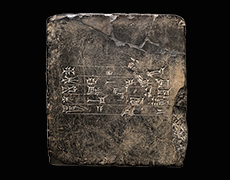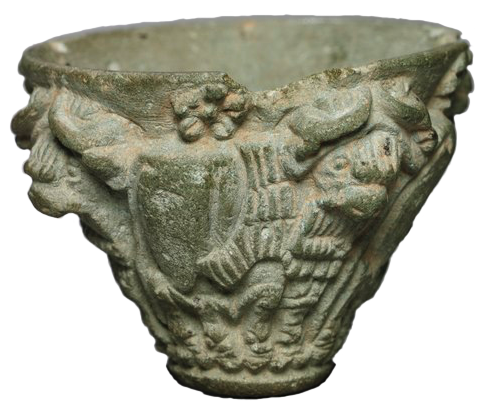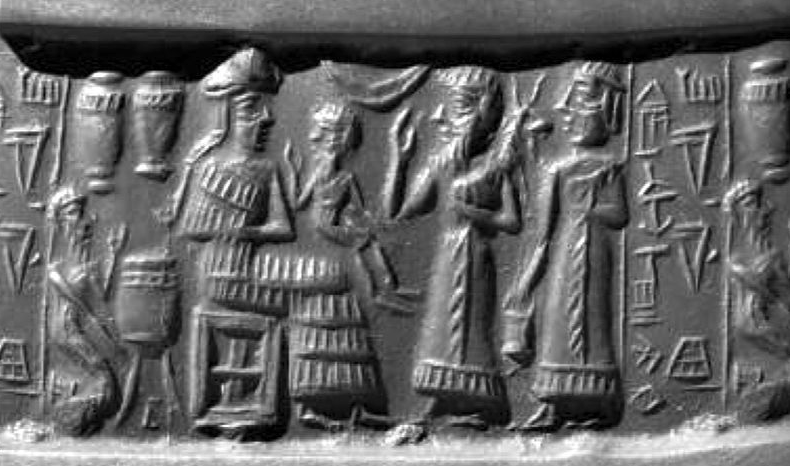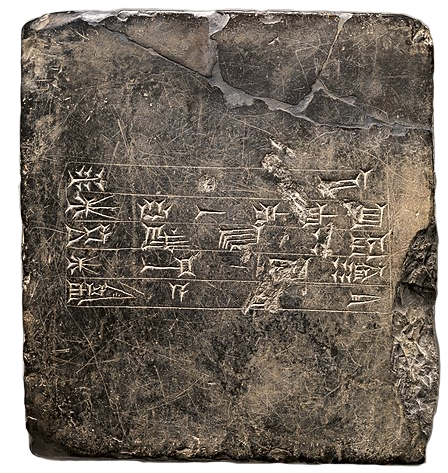
Sumerian religion was one of the earliest religious traditions in the world, and it played a significant role in shaping the cultures and beliefs of ancient Mesopotamia.
The central institution in Sumerian religion was the temple, which was the center of worship, sacrifice, and other religious activities. The temple was also a symbol of the relationship between the people and their gods, and it was seen as a place of refuge and protection.

The priesthood played a crucial role in the administration and maintenance of the temple and its religious practices.
The priests were responsible for performing sacrifices and offerings to the gods, interpreting omens and dreams, and providing guidance and advice to the people. They were also responsible for maintaining the temple’s sacred objects and overseeing the upkeep of the temple grounds.

One of the most important functions of the priesthood was to act as intermediaries between the people and the gods. The priests believed that they were able to communicate with the gods and interpret their wishes and intentions. This allowed them to provide guidance and advice to the people on important matters, such as agriculture, trade, and warfare.
In addition to their religious duties, the priests also held political and economic power. They controlled the resources of the temple and its lands, and they often had the ability to make decisions that affected the lives of the people. This gave them significant influence over the daily life and political affairs of the community.

The Sumerian temples were also important centers of learning and culture. They housed libraries and schools, where the priests and other educated individuals could study and preserve the knowledge and culture of the community.
They were also places where the arts and literature were cultivated and preserved, and where the people could come together for festivals and other events.

